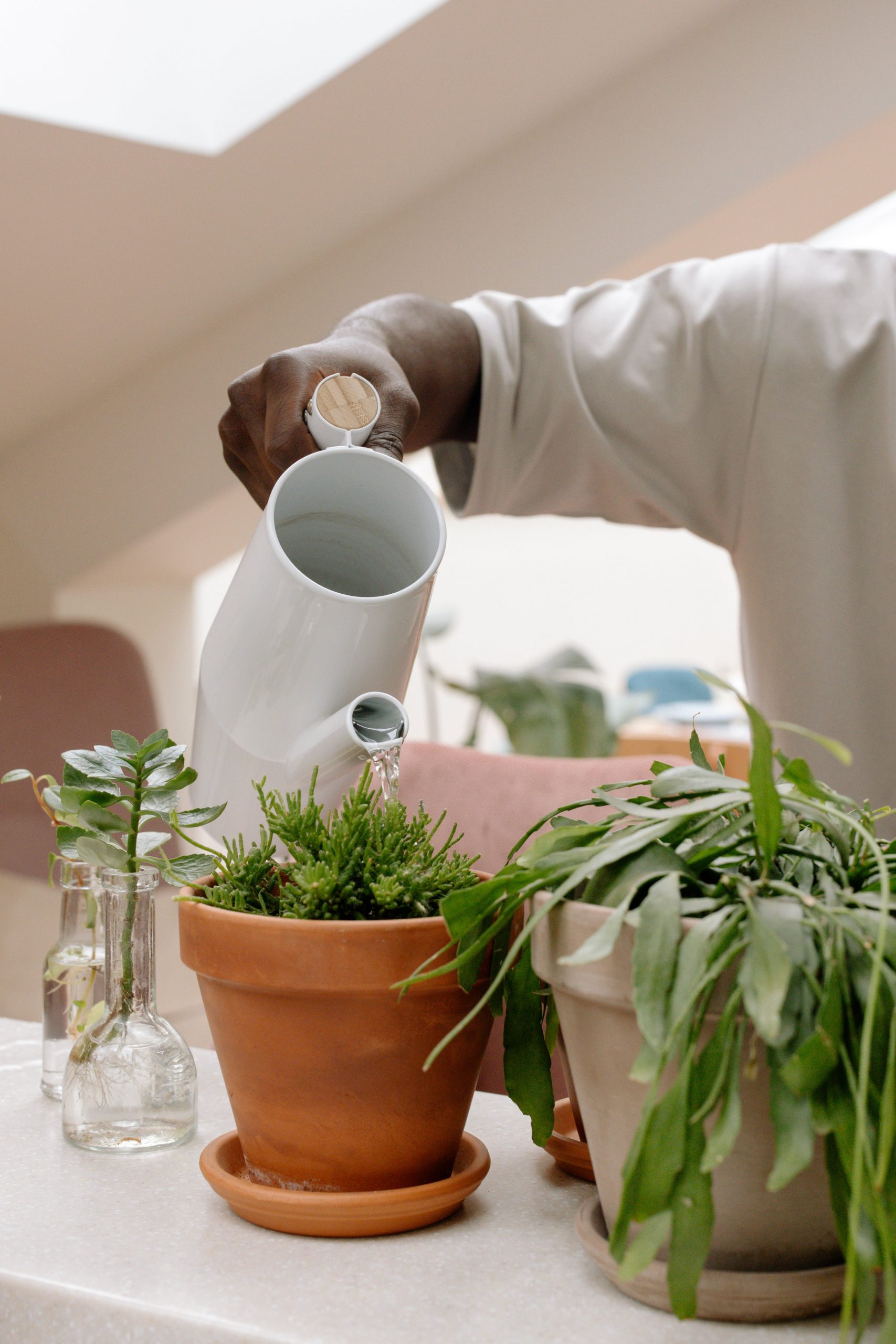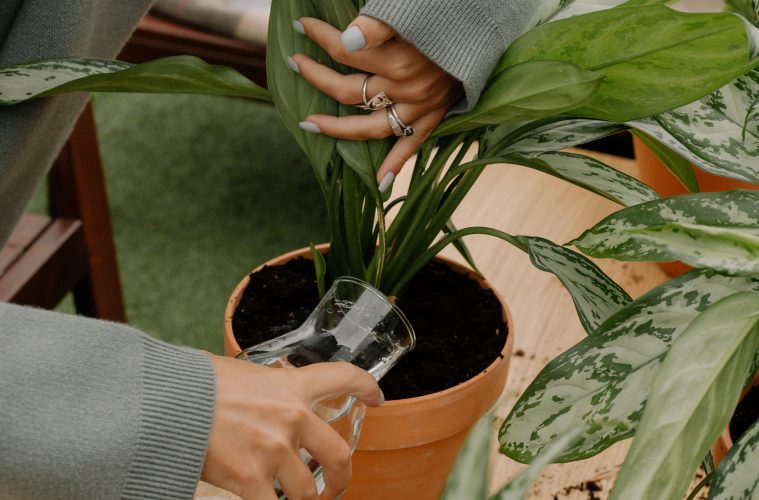When it comes to houseplant care, social media is buzzing with trendy tips and hacks. One popular suggestion is using ice cubes to water your indoor greenery, hailed as a quick fix for forgetful plant parents. But before you chill your plants with this method, explore why this might not be the best way to take care of your house plants.
Why you should avoid using ice cubes to water your houseplants:
1. Houseplants and cold temperatures
Most houseplants hail from tropical climates, basking in warmth and humidity. Introducing ice or cold temperatures to their roots can send them into shock. Plants absorb water and nutrients through their roots, and using ice cubes may disrupt this process, resulting in uneven watering and potential dehydration.
2. Overwatering and root damage
The slow melt of ice cubes may seem like a safeguard against overwatering, but it can still lead to excess moisture. Overwatering is a plant’s worst enemy, causing root rot, fungal diseases, and a weakened root system. Without proper drainage, your plant might struggle even more. It’s crucial to find a balance between hydrating your plant and preventing waterlogged roots.

Pexels
3. How do you know when your plant needs watering?
Keeping your houseplants happy is all about providing the right amount of water. Forget the ice cube trick and instead, check the soil’s moisture level. When the top layer (about 5-6 cm deep) feels dry to the touch, it’s time to water. Regularly inspecting your plant’s soil ensures you give water when needed, avoiding both drought and excess.
4. Room-temperature water: The ideal method
Ditch the ice cubes and opt for room-temperature water when caring for your houseplants. The best method involves thorough watering, allowing excess water to drain from the pot’s bottom. Wait until the soil’s top layer is dry before the next watering session. This approach ensures consistent hydration, promoting a healthy and thriving indoor garden.
ALSO SEE:
Feature image: Pexels

